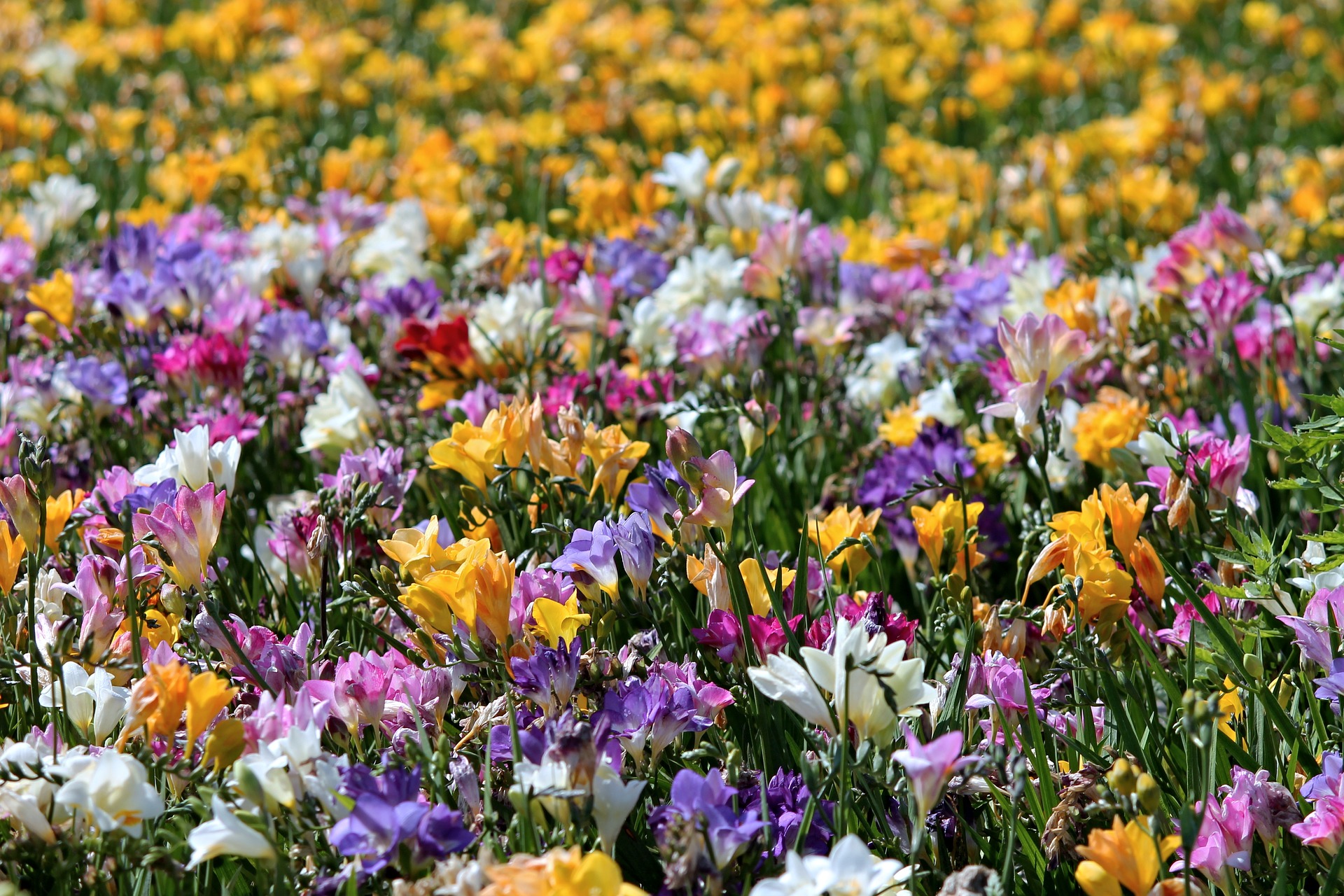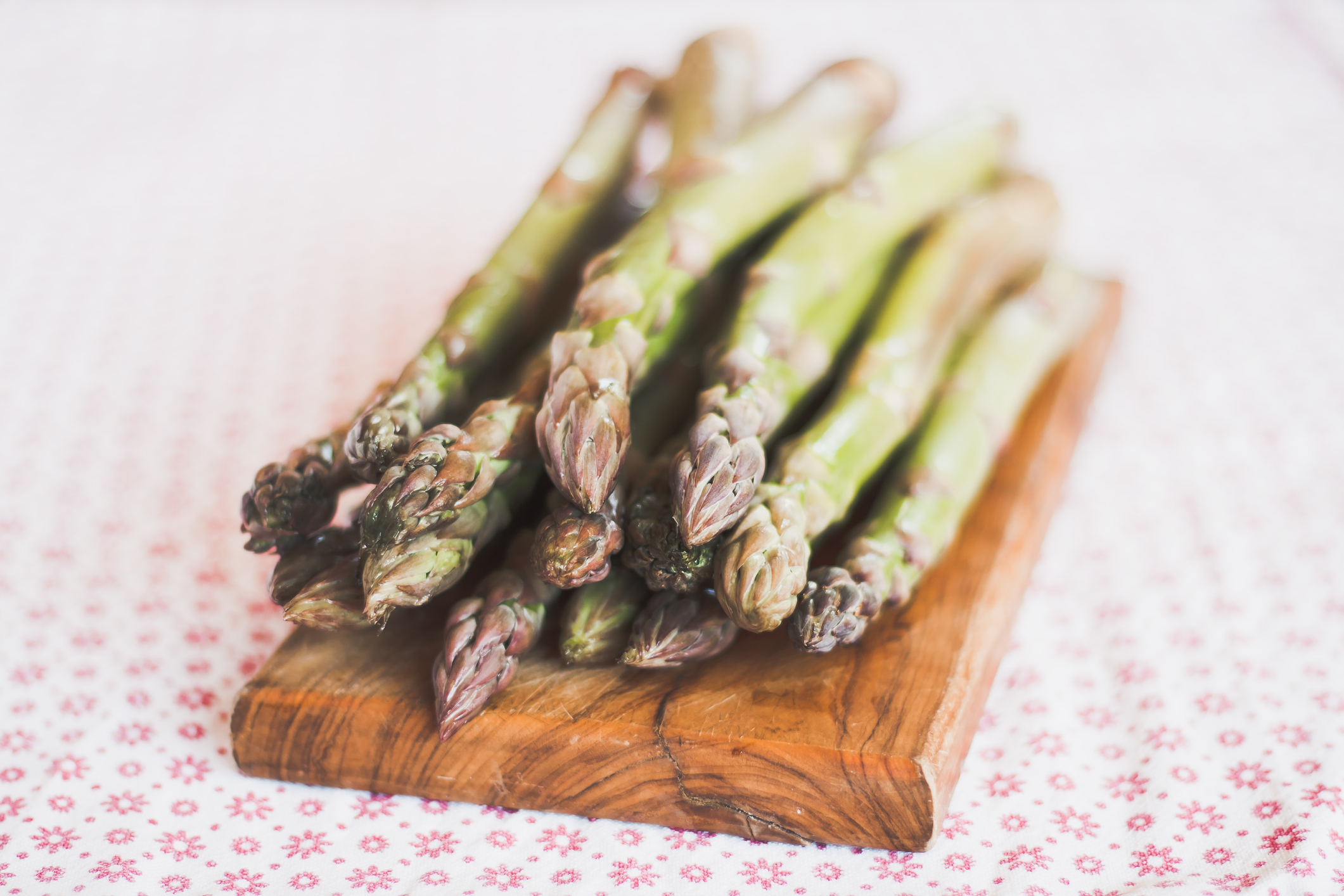The scents of Freesias in springtime are like the first kisses of ones life. The scent is fresh, exhilarating, and filled with energy. The scent of Freesias really cannot be imitated perfectly by perfumers, although they are very good at making neroli, one of my favorites.
Generally, they should create their own perfumes rather that trying to imitate what nature creates. The flowers create scents, so the perfumers should do the same. Created scents are never in my opinion those of nature.
Now the Freesias are blooming profusely, pouring out their scents into the air, and this makes me want to plant more for next year.
Freesias require very little work for the joy that they give. Simply make sure that the earth that you grow them in is loamy and porous. Mix in plenty of organic matter such as peat moss and compost. You can dig holes and small trenches and fill them with hauled in top soil. I prefer shredded or ground up redwood compost.
This is rough enough that it does not deteriorate too quickly by dissolving into the earth as does peatmoss. Redwood compost holds moisture well and doesn’t “run away” over a single season, and it provides moisture retention and good drainage. Mixing in some builders’ or coarse sand is beneficial because Freesias being of the Liliaceae group like to have lime sediments.
Freesias are bought as corms, little bulblets, in the fall and planted about two inches deep. Make sure that they are planted in full sun. Or, Freesias can be bought as blooming plants in pots and then planted out in the earth. Actually, Freesias can be planted from pots and corms at any time of the year as I have done. Deriving from South Africa they will do well here in California. When leaves yellow and die down in summer, just let them alone, clip them off if you wish, and expect green blooming plants again in springtime. They will stand cold to 20F.
I’ve had a planting of Freesia leichtlinii for over thirty years now. The ubiquitous “Western Garden Book” tells us it is common. So what. Many common things are beautiful. My Freesias have naturalized themselves between the gnarled roots of my main olive tree where they look very idyllic, very pastoral as in a Mediterranean spirit.
The less “common” Freesias such as the Dutch or Tecolote hybrids are truly rich in their colors. These hybrids are in reds and yellows, whites and creams, and oranges and purples. They will make a dramatic set of contrasts in a manner that a single color planting will not. Their blossoms are of various sizes, double and single petaled, some very large, and some are even scented.
In cold winter areas Freesias can be easily “forced”; that is, brought to very early bloom in late winter or early spring. These “forced” Freesias are what we are seeing in supermarkets and florists’ shops. To force, plant the corms in winter in pots indoors, water well, and keep them warm on a sunny window sill. Then, in springtime—March, April, or earlier—you will have those first kisses of scent and color.






























